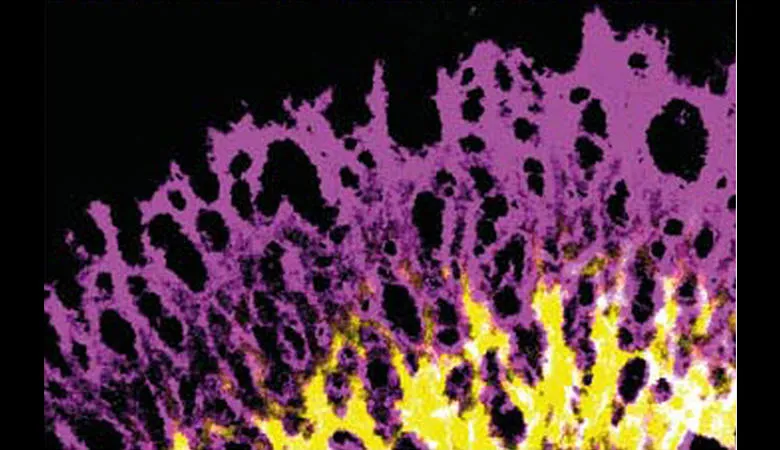The Francis-West lab aims to understand mechanisms of skeletal development focusing on the Dchs1-Fat4 signalling pathway, which regulates cell differentiation and morphogenesis. We are also interested in understanding how mechanical signals regulate embryonic development through changes in cell fate and behaviours. The research has direct relevance to understanding human syndromes.

Our Partners

Rutger’s University, New Jersey, USA
Group lead
Contact us
Professor Philippa Francis-West
Centre for Craniofacial Development & Regenerative Biology
Floor 27, Guy's Tower Wing
Guy's Hospital

